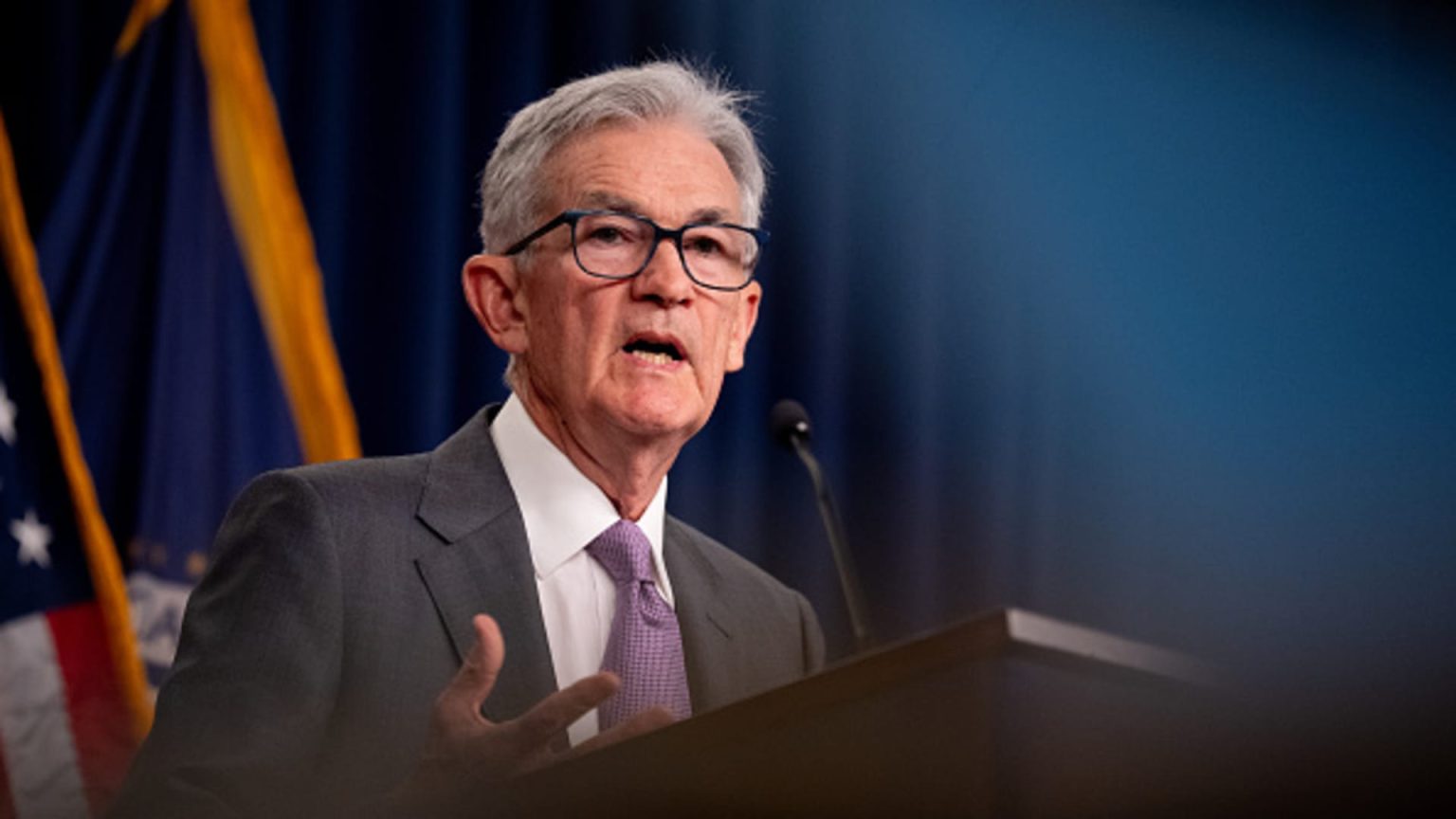In his keynote address at the Fed’s annual retreat in Jackson Hole, Wyoming, Federal Reserve Chair Jerome Powell hinted at future interest rate cuts but did not provide specific details on timing or extent. Powell emphasized that the direction of policy adjustment is clear and will depend on incoming data, the evolving outlook, and the balance of risks. He acknowledged the progress made in reducing inflation and shifting focus to ensuring the economy remains at full employment. Powell vowed to do everything possible to support the labor market and maintain progress on inflation.
Despite inflation trending back towards the Fed’s 2% target, it has not yet reached that level. The unemployment rate has gradually increased to 4.3%, but Powell attributed this to more people entering the workforce and slower hiring rather than significant layoffs or a deteriorating labor market. While progress has been made in restoring price stability and maintaining a strong labor market, the Fed still has work to do. Market expectations are that the Fed will begin cutting interest rates in September, with the majority of officials believing that a cut in September would be appropriate.
Powell also discussed the factors that led to the surge in inflation, reaching its highest level in over 40 years, and the Fed’s policy response to address it. Initially, inflation was dismissed as transitory, caused by Covid-related factors that would ease. However, when inflation continued to rise, the Fed pivoted and began raising interest rates, ultimately adding 5.25 percentage points to the overnight rate that had been near zero following emergency cuts at the start of the pandemic. The rise in inflation was attributed to global factors such as increased demand for goods, strained supply chains, tight labor markets, and commodity price hikes.
The confidence in the Fed and well-anchored expectations that inflation would ultimately ease helped the economy avoid a sharp downturn during the rate-hiking cycle. Powell highlighted the importance of anchored inflation expectations and the need for vigorous central bank action to facilitate disinflation without relying on slack in the economy. While there is still more to be learned from recent events, Powell emphasized the importance of the Fed’s commitment to restoring price stability and maintaining economic stability. The speech concluded with Powell acknowledging differing opinions on the events discussed and highlighting the ongoing need for further analysis and understanding.
In summary, Powell’s speech at the Jackson Hole retreat outlined the Fed’s focus on adjusting monetary policy in response to evolving economic conditions. While progress has been made in reducing inflation and maintaining a strong labor market, challenges remain. The Fed is expected to begin cutting interest rates in September, with officials believing it is appropriate given the current economic climate. Powell also discussed the factors that contributed to the surge in inflation, the Fed’s response, and the importance of anchored inflation expectations in facilitating disinflation. More analysis and understanding are needed to fully grasp the impact of recent events and inform future policy decisions.


